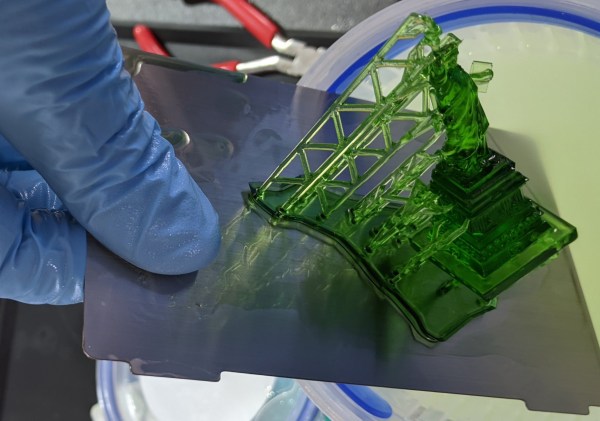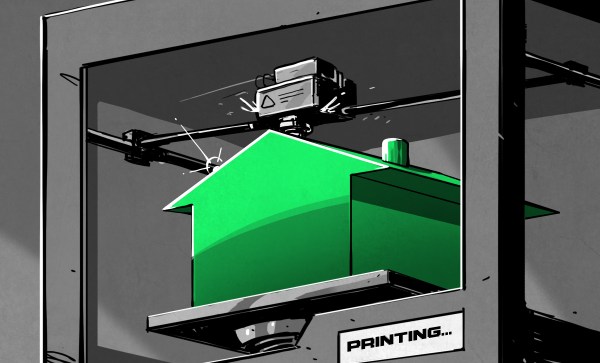Well, I did it. I conquered my childhood fear of talking bears and brought a vintage Teddy Ruxpin animatronic stuffed bear into my home. There were and still are plenty of his brethren both young and old to choose from on the auction sites, and when I saw this particularly carefree barefoot Teddy in his Hawaiian shirt and no pants, I was almost totally disarmed. Plus, the description promised a semi-working unit with a distorted voice, and who among us could resist a specimen in such condition? Maybe the tape deck motor is going out, or it just needs a new belt. Maybe the tape itself messed up, and Teddy is fine. I had to find out.
But let me back up a bit. If you don’t know what I’m talking about, Teddy Ruxpin was a revolutionary toy that dropped in 1985. It’s a talking teddy bear that reads stories aloud, all the while moving his eyes and mouth to the sounds. Along with Teddy came special cassette tapes, corresponding story books, and outfits. I wanted one when I was a kid, but was also kind of scared of them. Since they were so expensive — about $250 inflation-adjusted for the bear and a single tape / book / outfit, plus another $15 for four D cells — I never did get one in my youth.
Continue reading “Teardown: How Many Teddy Ruxpins Does It Take To Start A Coven?”

















